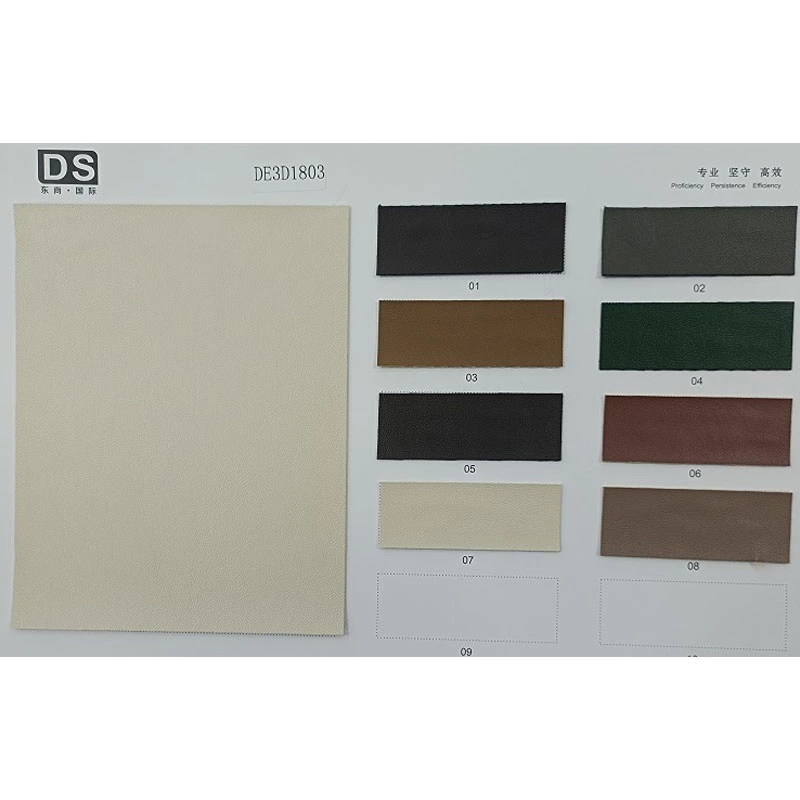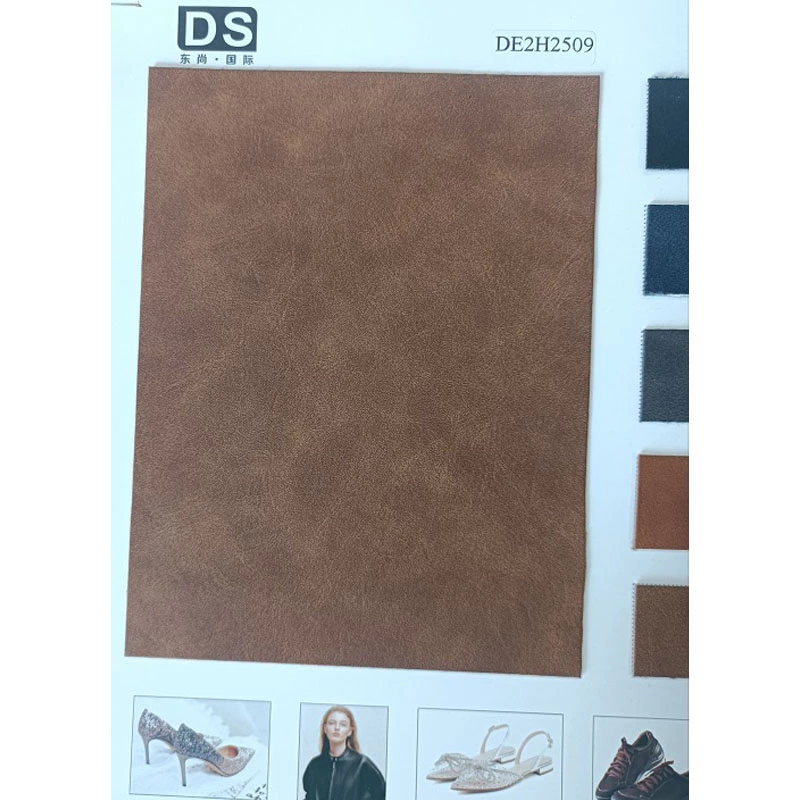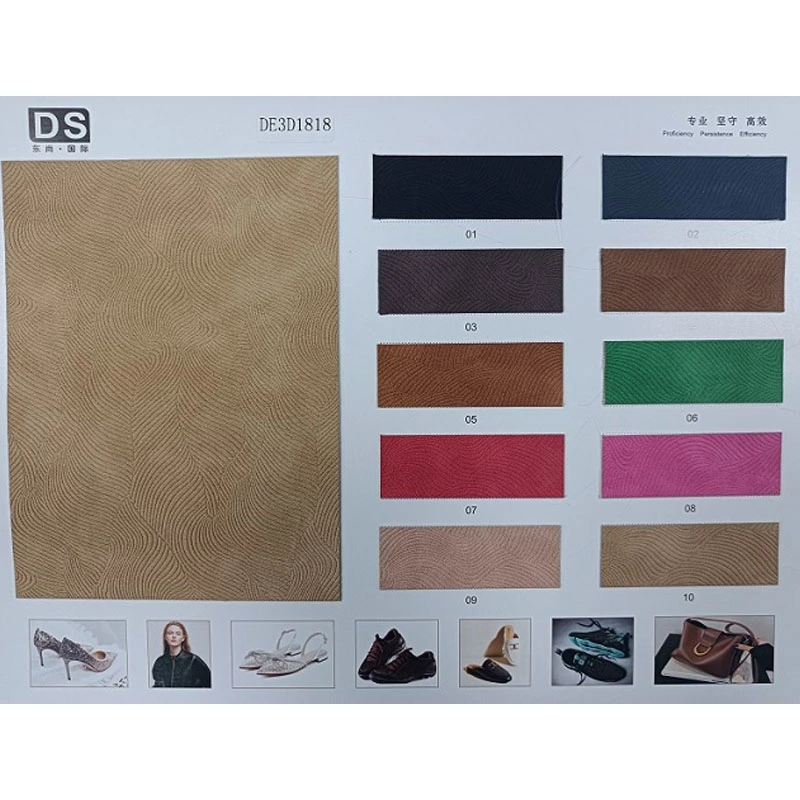The Difference Between Artificial Leather And Genuine Leather
Nowadays, leather can be divided into three categories: genuine leather (animal skin), leather (chemical fiber material) and synthetic leather (made by crushing the scraps of genuine leather and leather together). Genuine leather can be divided into: cowhide, wool and pig skin.
1. The meaning of genuine leather
"Genuine leather" is a common word in the leather products market. It is a habitual name for natural leather to distinguish synthetic leather. In the minds of consumers, "genuine leather" also has a non-fake meaning. It is mainly processed from animal skin. There are many types of genuine leather, with different varieties, different structures, different qualities, and different prices. Therefore, genuine leather is both a general term for all natural leathers and an ambiguous symbol in the commodity market. From a physiological point of view, any animal skin has hair, epidermis and genuine leather. Because the genuine leather contains small reticular fiber bundles, it is quite strong and breathable. The epidermis is located under the hair, close to the genuine leather, and is composed of epidermal cells of different shapes. The thickness of the epidermis varies with different animals. For example, the epidermis thickness of cowhide is 0.5-1.5% of the total thickness; sheepskin and goat skin is 2-3%; and pigskin is 2-5%. The dermis is located under the epidermis, between the epidermis and the subcutaneous tissue, and is the main part of the raw hide. Its weight or thickness accounts for more than 90% of the raw hide.
2. Raw materials for leather making
The raw material for leather making is animal skin. Although the most common ones in our lives are pigskin, cowhide, and sheepskin, in fact, most animal skins can be used for leather making. It's just that cowhide, pigskin, and sheepskin are of good quality and have a large output, and are the main raw materials for leather making. Although there are many types of raw leather for leather making, according to a series of laws and regulations such as the international animal protection regulations, the raw materials actually used for production are restricted to the following extents. Commonly used leathers are: cowhide, sheepskin, pigskin, and horsehide.
3. Characteristics and differences of leather materials
Top-grain leather and split-grain leather: According to the layers of leather, there are top-grain leather and split-grain leather, among which top-grain leather includes grain leather, corrected leather, embossed leather, special effect leather, and embossed leather; split-grain leather is further divided into pig split leather and cow split leather, etc. Grain leather: Among many leather varieties, full-grain leather ranks first, because it is processed from high-quality raw leather with less damage, and the leather surface retains its natural state intact, with a thin coating, which can show the natural pattern beauty of animal skin. It is not only wear-resistant, but also has good breathability.
Corrected leather: It is made by using a leather grinding machine to lightly grind the surface, then apply the finishing, and then press the corresponding pattern. In fact, it is a "plastic surgery" on the natural leather surface with damage or roughness. This kind of leather has almost lost its original surface state,
Characteristics of PU Leather: It is divided into soft leather, wrinkle leather, front leather, etc. The characteristics are that the grain surface is completely preserved, the pores are clear, small, tight, and irregularly arranged, the surface is plump and delicate, elastic and breathable, and it is a high-grade leather. Leather products made from this cowhide are comfortable, durable and beautiful.
PU leather characteristics: It is processed and polished by equipment during the production process to only half of the grain surface, so it is called half-grain cowhide. It retains some of the style of natural leather, the pores are flat and oval, the arrangement is irregular, and the feel is hard. Generally, raw leather of lower grade is selected. Therefore, it is a mid-range leather. Due to the special process, its surface has no injuries and scars and the utilization rate is high. Its finished products are not easy to deform, so it is generally used for large briefcases and other products with large areas.









